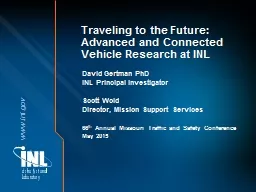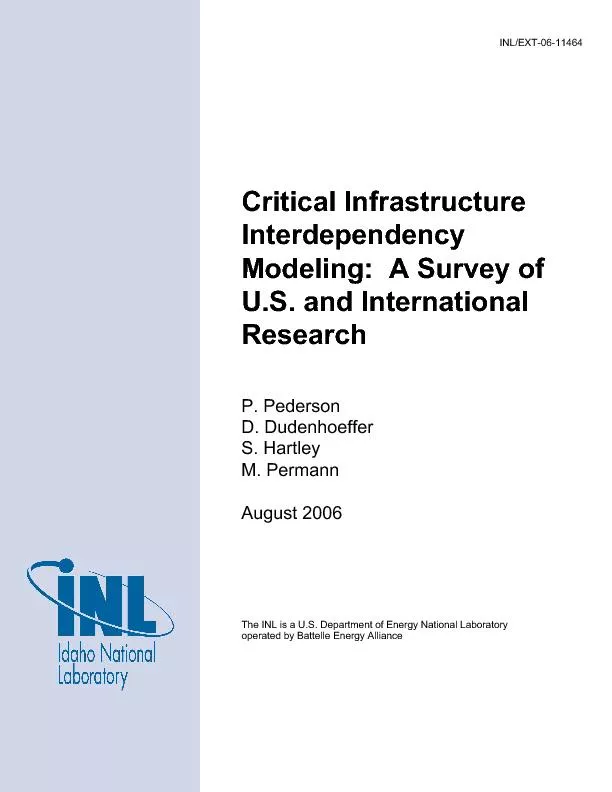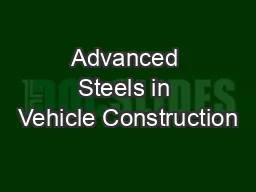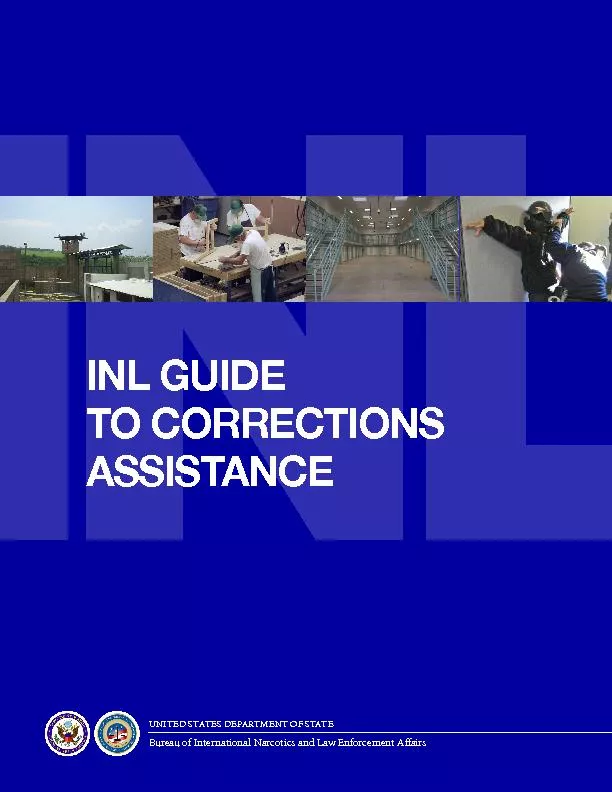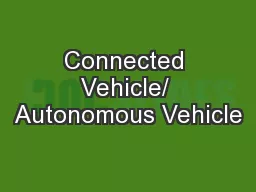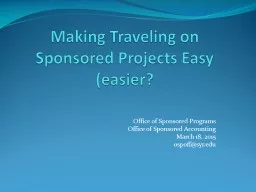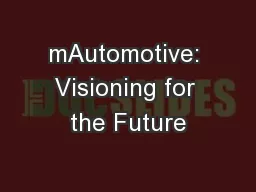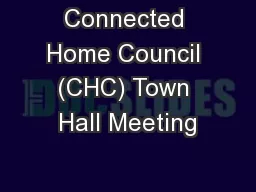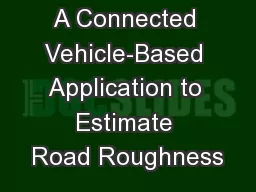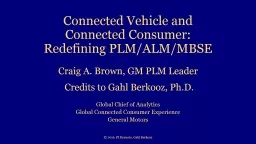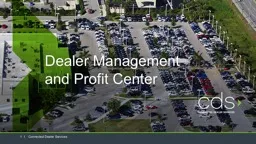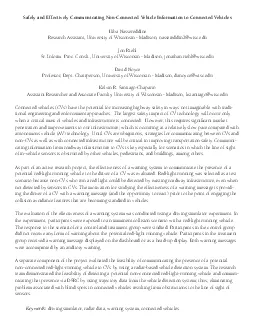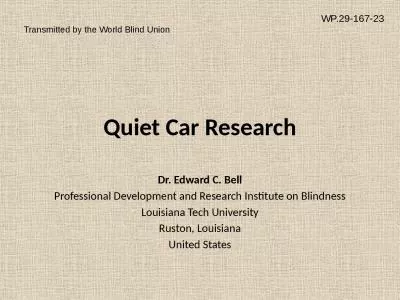PPT-Traveling to the Future: Advanced and Connected Vehicle Research at INL
Author : test | Published Date : 2018-03-19
David Gertman PhD INL Principal Investigator Scott Wold Director Mission Support Services 66 th Annual Missouri Traffic and Safety Conference May 2015 Overview
Presentation Embed Code
Download Presentation
Download Presentation The PPT/PDF document "Traveling to the Future: Advanced and Co..." is the property of its rightful owner. Permission is granted to download and print the materials on this website for personal, non-commercial use only, and to display it on your personal computer provided you do not modify the materials and that you retain all copyright notices contained in the materials. By downloading content from our website, you accept the terms of this agreement.
Traveling to the Future: Advanced and Connected Vehicle Research at INL: Transcript
Download Rules Of Document
"Traveling to the Future: Advanced and Connected Vehicle Research at INL"The content belongs to its owner. You may download and print it for personal use, without modification, and keep all copyright notices. By downloading, you agree to these terms.
Related Documents

